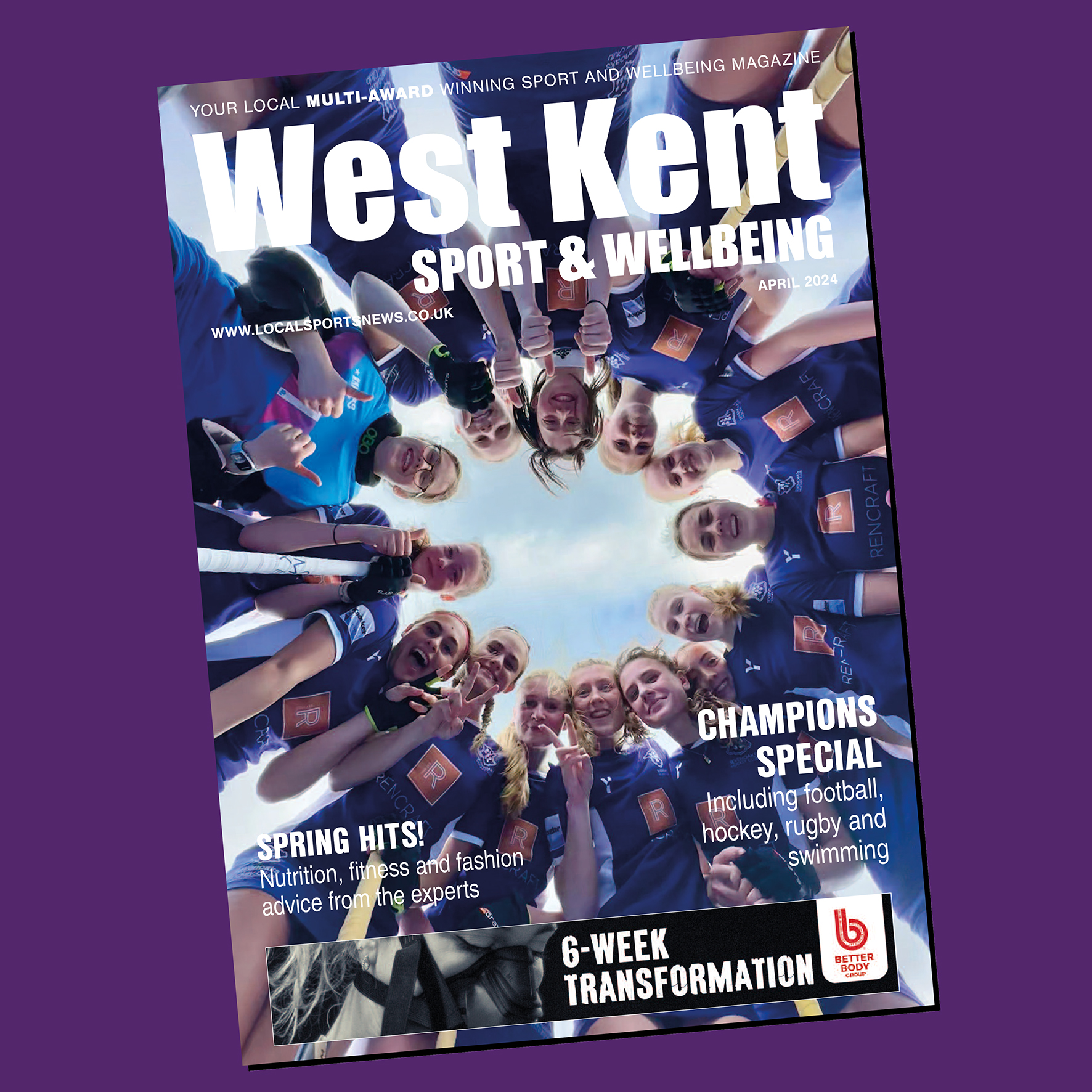As the UK begins to return to the new normal, after three months of lockdown, we can all begin to think about returning to our much-loved sports. Whilst running and cycling in isolation have been encouraged throughout, much about the sports we enjoy is the camaraderie and social interaction of team-mates and opposition.
As lockdown begins to lift, we can begin to plan our return to sports, but how do we manage this as safely as possible? As a specialist in Podiatric Sports Medicine I too often see injured sportsmen and women who get injured for one simple reason, training overload or simply doing too much too soon. I’m going to run through some simple tips, proven by scientific testing, to best manage this.
Strength and conditioning
This is what often separates the elites from us mere mortals, but what is strength and conditioning? It is training specific muscles to be both strong enough and in best possible condition to have optimal power, and stamina, and control for the specific exercise you enjoy. Whilst the strength and conditioning a cyclist will perform will differ from a rugby player or a marathon runner, tailoring a sports specific program is proven to reduce injury.
Why is this important? Well if we consider the forces applied to the human body during sport, we can begin to understand why. During running the force through the standing leg is four times bodyweight.
So an average 10 stone runner needs to be strong enough to withstand 40 stone worth of ground reaction force. That is a lot. Now lets take a sports where jumping is involved, not just the high jump but consider football, or rugby, that force is magnified by 10 times, that is 100 stone of ground reaction force for a 10 stone person, and I haven’t seen many rugby players weighing 10 stone!
Training planning
Training planning is vital as we either return to sport or we increase the intensity of our training. This is not only important for injury prevention, but also to optimize training performance! Remember we only grow and improve from the training we can recover from. You can possibly train twice a day, but can you recover from those workouts?
If you are not recovering from them you are not improving and risking injury.
A methodical training plan, gradually increasing intensity (ie distance ran or level of exertion) of exercise over weeks and possibly months.
There should be sufficient rest days, remembering more rest days will be needed the more deconditioned you are. And this plan should incorporate strength and conditioning exercises, and different intensity workouts over the week. And remember stick to the plan!
Recovery
This is perhaps the most important piece missing from most amateur athlete’s jigsaw puzzle. The better your recovery the harder and longer you can train, and ultimately the better you will become. But what does this mean and what is important?
Sleep is proven to prevent injury, in general the closer you get to eight hours the better your chances. But sleep is also commonly known to improve your body’s repair and recovery from exercise. Make sure you make eight hours your priority!
Nutrition is essentially where your body gets its building blocks to repair your body from each workout. You cannot build a house without enough bricks, and you may not make a very good house without the right variety of bricks. This means you need enough macronutrients; quality carbohydrates, quality protein and healthy fats, but also micronutrients, these include the essential vitamins and minerals.
A healthy varied diet of quality food should provide all you need but depending on your dietary choices’ supplementation may help.
Alcohol. Now we all enjoy a drink, but alcohol is proven to reduce the body’s ability to repair from our workouts. Muscle protein synthesis (or muscle repair) reduced by 37% when alcohol is consumed after training.
Alcohol is calorific, but also toxic, so your body will prioritise cleaning it from your blood before repairing from your workout. It also affects your quality of sleep, so lets all cut down one or two after training.
Vitamin D is also vital, with an estimated 80% of the UK population deficient each February, it is vital for bone repair, but also contributes to cartilage, muscle and connective tissue repair. And more topically it also thought to be preventative of Covid-19 complications. Lets enjoy a bit longer in the sun each day, or make sure we take a daily supplement.
There may be many other factors which may play into injury prevention returning to our beloved sport, but science says these will be most important.
There is no scientific data supporting stretching, massage, foam rolling, or even choice of running shoe for preventing injury. Whilst some of them may yet be proven to have worth, and probably do not do any harm, let us use our time most wisely and get the most bang for our bucks! Enjoy your sport everyone!
Liam Stapleton BSc PGc MCPod HCPC is a specialist in Podiatric Sports Medicine and owner of Kent Sports Podiatry. To find out more about their work please visit their website at www.kentsportspod.com.






